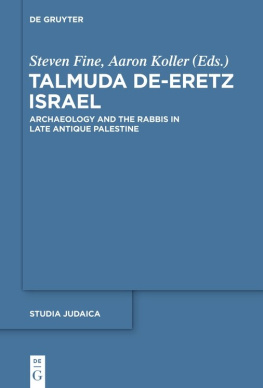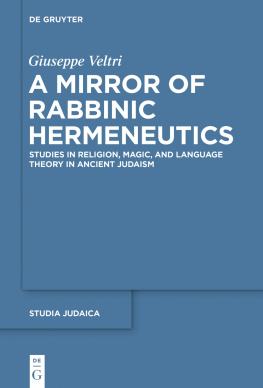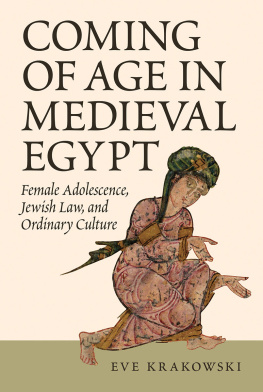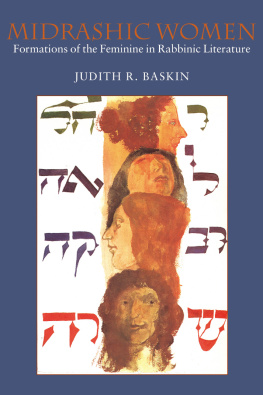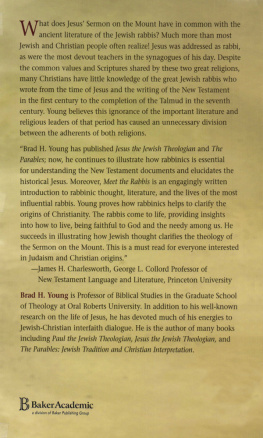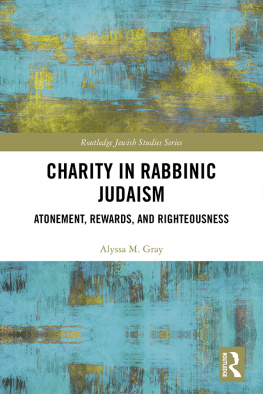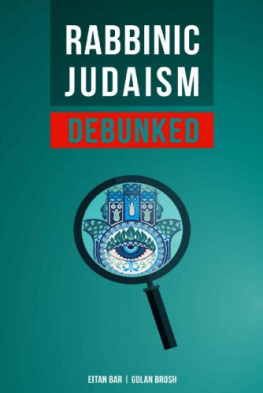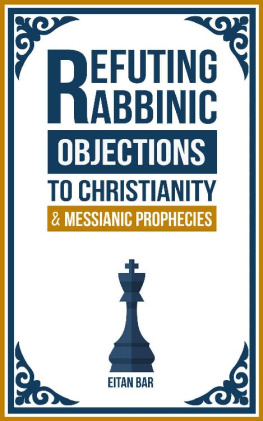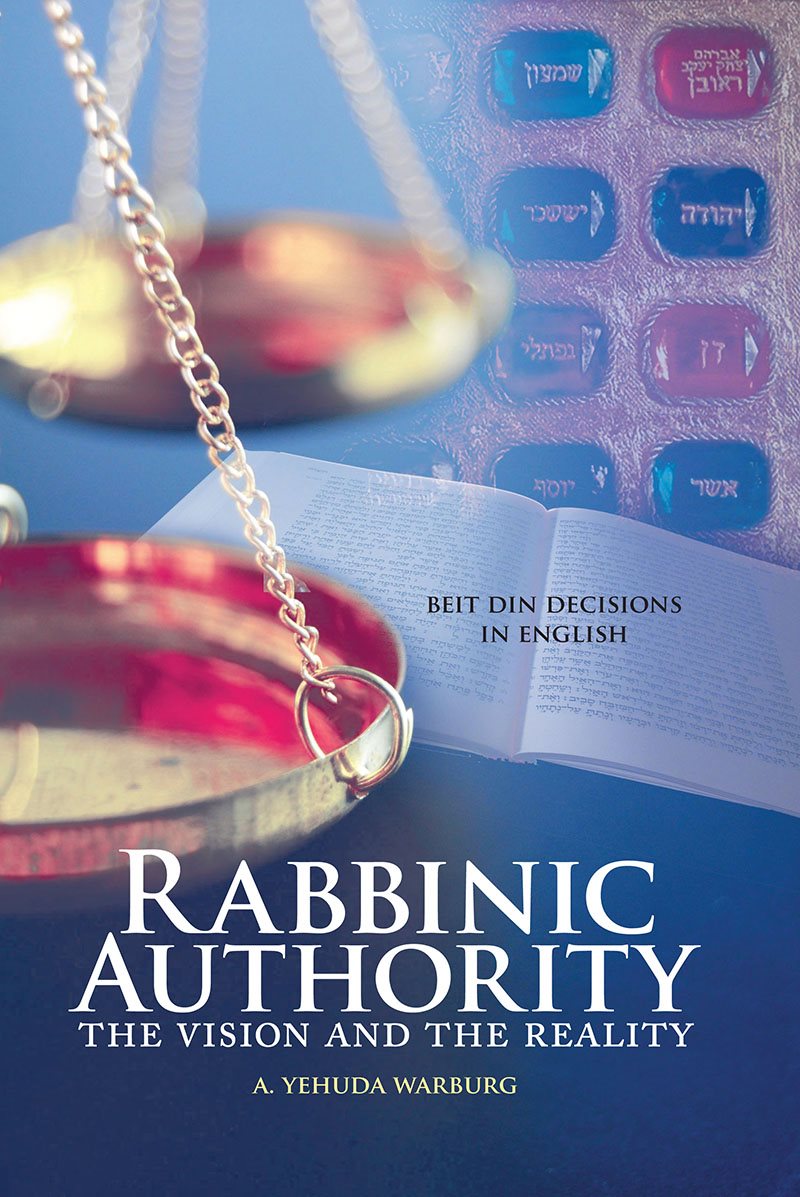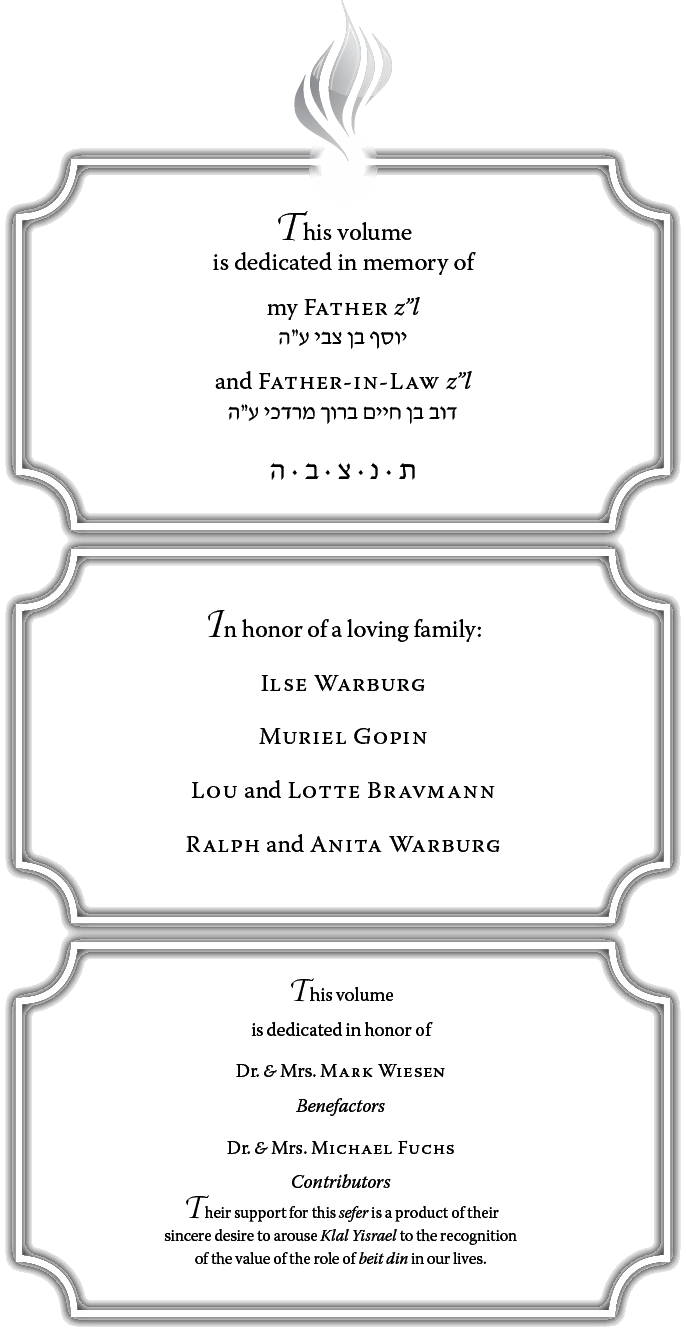Rabbinic Authority: Th e Vision and the Reality
Beit Din Decisions in English
by A. Yehuda (Ronnie) Warburg
Editor: Meira Mintz
Preparation of Index Sources: Eli Ozarowski
Copyright 2014 , 3 by A. Yehuda (Ronnie) Warburg
All rights reserved
No part of this book may be used
or reproduced in any manner whatsoever
without written permission from the copy
right owner, except in the case of
brief quotations embodied in
reviews and articles.
This e-Book contains some words in Hebrew which may not display correctly on all e-Reader devices.
ePub ISBN 978-965-524-206-5
Mobi ISBN 978-965-524-207-2
PDF ISBN 978-965-524-208-9
(Hardcover ISBN 978-965-524-144-0)
Choshen picture courtesy of Hannah Glick, www.jewishsoulart.com
Cover design by the Virtual Paintbrush
ePub creation by Ariel Walden
Urim Publications, P.O. Box 5228 7, Jerusalem 9152 1 Israel
www.UrimPublications.com
Contents
Foreword
In referring to the highest level of truth finding in a judicial proceeding, our Sages use of the phrase, Ha-dan din emet la-amito . What is being conveyed here is that knowledge of the law is not sufficient to render a verdict of truth. In order for the dayan to arrive at the correct verdict, the precise facts of the case must be discovered as well.
A beth din panel is not only thoroughly versed in the relevant halakhot, but is also well-equipped by virtue of educational background and professional work experience to grasp the reality on the ground. This entails a relentless commitment to relevant fact finding, taking nothing at face value, and understanding the implications of the facts for the commercial behavior of the parties.
A second characteristic of the halakhic-judicial process dealing with monetary matters consists of the documentation that must accompany the verdict that the panel hands over to the litigants at the conclusion of the proceedings. The claims of the plaintiff, as well as the respondents rebuttals and counterclaims, are meticulously recorded. Next, a thorough discussion of the issues from a halakhic perspective is presented. Finally, the verdict is rendered, and this verdict is demonstrated to have flowed from the halakhic discussion.
R. Dr. A. Yehuda Warburg has assumed a vital role in implementing this vision of a double level of truth in the Beth Din of America and on other panels. In the present work, Rabbinic Authority: Th e Vision and the Reality , R. Warburg presents a number of his judicial rulings. What stands out in these decisions is the halakhic framework, legal perspective, and reasoned opinions R. Warburg sets up to support his decisions.
For a number of decades, I have been involved on an ad hoc basis as a dayan , including serving on judicial panels for the Beth Din of America . In this capacity, I have often crossed paths with R. Warburg and served together with him on the same judicial panel. In each panel we served on together, R. Warburgs outstanding Torah scholarship was always in evidence, scholarship motivated by a perfectionists drive to achieve new vistas in advancing the double dimension of truth that stands as the ideal for the halakhic-judicial process.
R. Dr. Aaron Levine, zl
19 Adar 1, 5771
February 23, 2011
Preface
The present volume is intended as an introduction to a subject unfamiliar to many rabbinic authority as reflected in our halakhic sources. Its subtitle The Vision and the Reality indicates the two perspectives from which we will approach this topic.
In discussing the halakhic vision of rabbinic authority, we will address a number of questions. How does Halakhah ( Jewish la w ) envision rabbinic authority? What are the credentials for being a rabbinic authority? What is the difference between a rabbi who is an authority and one who is in-authority? What is the status of a congregational rabbi? How does a rabbi arrive at a halakhic decision? Is a rabbi bound to follow the opinions of his predecessors, or may he choose to render his own independent opinion? Under what conditions can he choose to issue his own judgment?
The author of Sefer Ha-Arukh , the first halakhic lexicon, defines Halakhah concisely:
Something that travels from the beginning of time until the end, or the path that the Jewish community walks.
Halakhah embodies the traditions transmitted throughout the generations; it is the path that the Jewish People have chosen to follow. But how wide is that path?
John Stuart Mill, the father of modern liberalism, famously claimed:
The only purpose for which power can be exercised over any member of a civilized community, against his will, is to prevent harm to others.
Does Halakhah endorse such a perspective, which would lead socially harmless matters to the individual conscience, even when it comes to business affairs?
This question leads us to many others. Are directors and employees in the corporate world halakhically and/or legally accountable for all their decisions? Should a halakhic arbiter or a civil court defer to a decision rendered by an employee or director, or should we scrutinize the propriety of their decision? To answer these questions, we will examine how two different legal systems Halakhah and American law approach the application of the business judgment rule in the profit and not-for-profit corporate world.
The final component of my discussion of the vision of rabbinic authority is an attempt to solve a particularly vexing problem faced by the contemporary Jewish court in some cases of divorce the problem of one spouse refusing to execute a get , a bill of Jewish divorce. Coercing a recalcitrant spouse to grant a get results in a get meusah , a forced get , which is invalid. In this volume, I present a viable halakhic solution to this problem in an expanded version of an article that originally appeared in the Jewish Law Annual ( vol. 1), entitled, Recovery for Infliction of Emotional Distress: Toward Relief for the Agunah . Our contribution is an attempt to invoke the halakhot of nezikin ( monetary damages for injury cause d ) to reduce the problem of chained spouses in our community.
The reality of rabbinic authority presented in this volume deals with one type of that authority the Jewish court, or beit din . As members of our covenant-faith community, we are obligated to resolve our differences in a beit din rather than resorting to litigation in civil court.
Interestingly, as central as the beit din system is in vision and reality, it is an institution whose workings and contributions to the path of Halakhah are largely unknown to most segments of the Jewish community. One of the primary reasons for unfamiliarity with the beit din can be traced back to a Mishnaic ruling:
Upon finishing their deliberations, they would bring the litigants back to the courtroom, and the senior member of the panel would state: Mr. X, you are acquitted, and Mr. X, you are liable.
A review of relevant passages in the Talmud and rulings throughout the ages and until today demonstrates that Jewish courts generally took this Mishnaic ruling to heart, limiting their decisions to identifying the innocent and responsible parties, but not offering much in the way of reasoning.
Maharah Or Zarua and Havot Ya ir are of the opinion that each and every dayan should provide the grounds for his decision.


